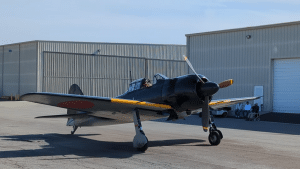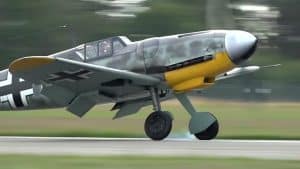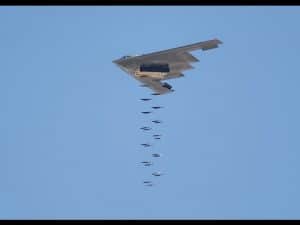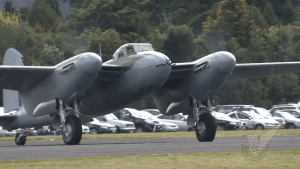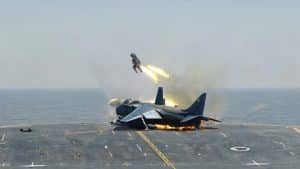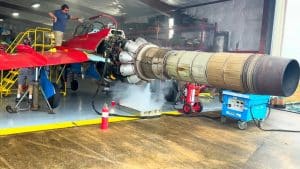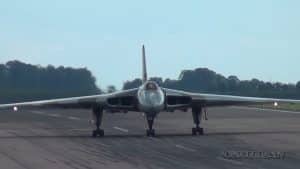Germany’s Top 10 Ugliest Aircraft
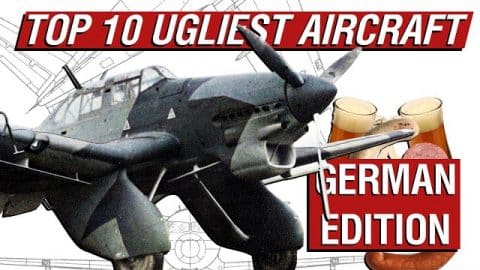
YouTube / Rex's Hangar
In this post, we’ll take a closer look at Germany’s top ten ugliest aircraft:
10. VFW Fokker 614
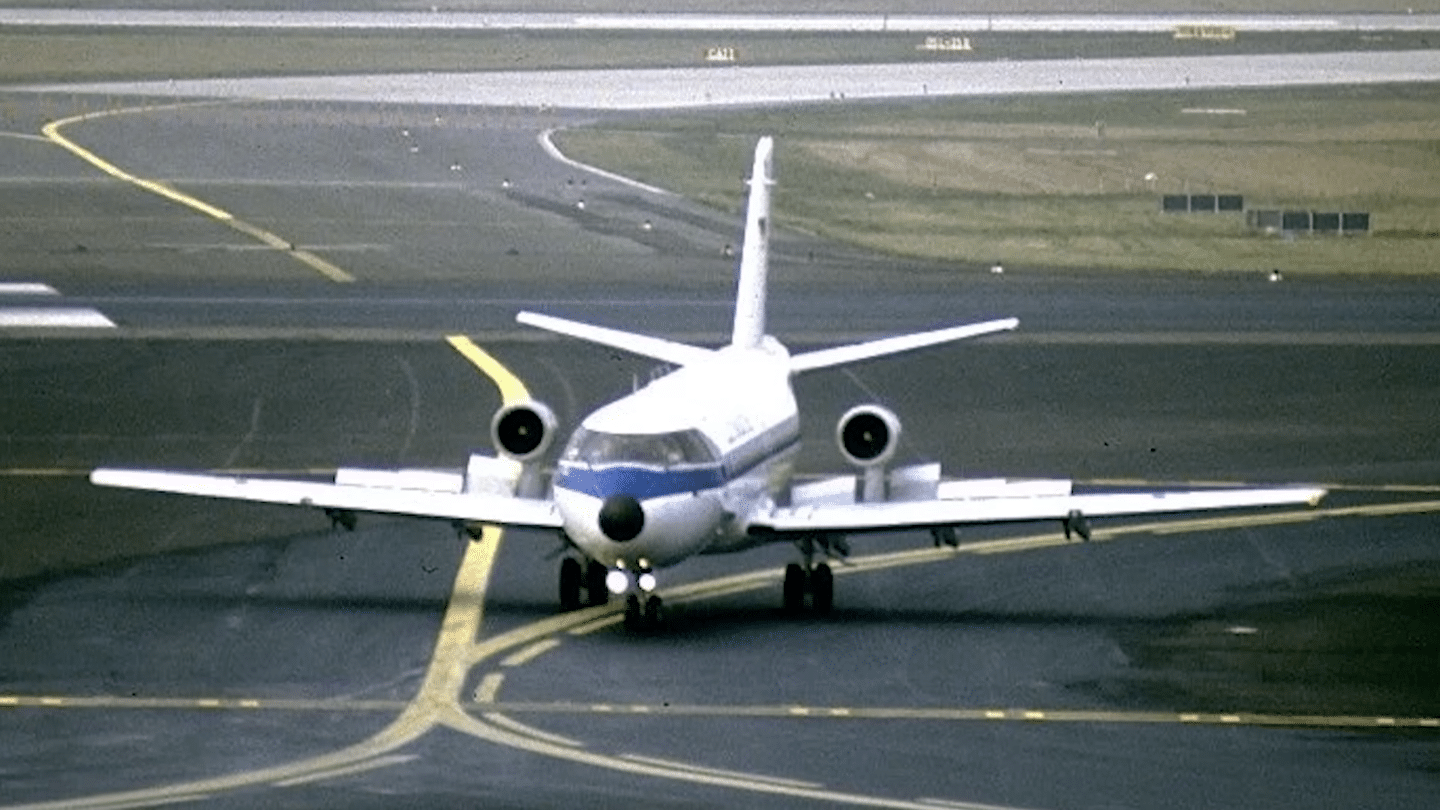
This plane was aesthetically pleasing with a few odd exceptions. It was designed in the 1960s as a short-haul regional airliner, and its unique feature was how its engines were positioned.
Instead of being on pylons under the wings or mounted on the tail, they were instead mounted on pylons above the wings.
This unusual design was intended to decrease the risk of foreign objects entering the engines during takeoff and landing.
9. Focke-Wulf A16
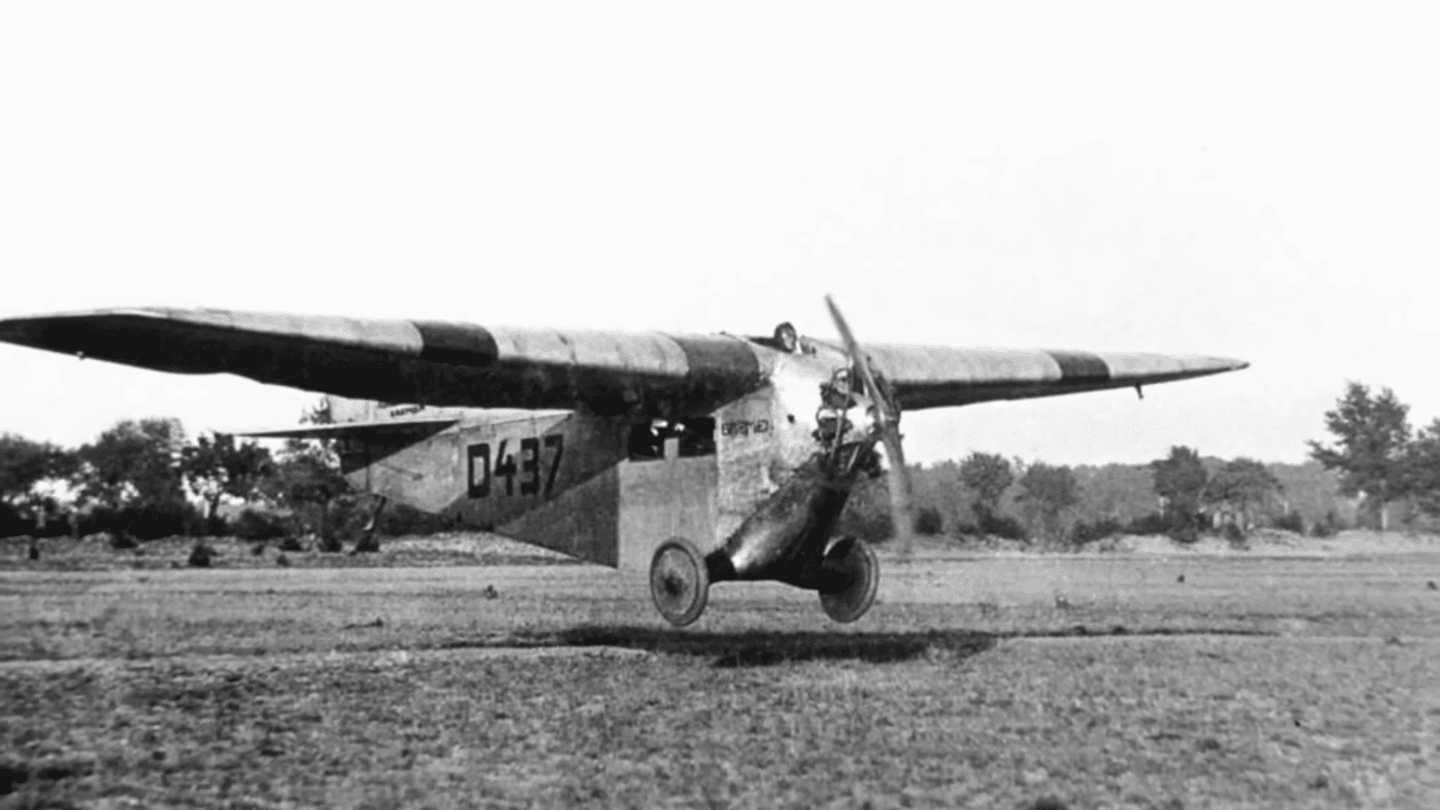
Designed mainly as a three to four-passenger plane, it looked like a pigeon that was squished.
The need for an enclosed cabin for such a small design meant the fuselage would be incredibly deep in proportion to its wing size giving it a thick-set appearance.
8. Blohm & Voss BV 141
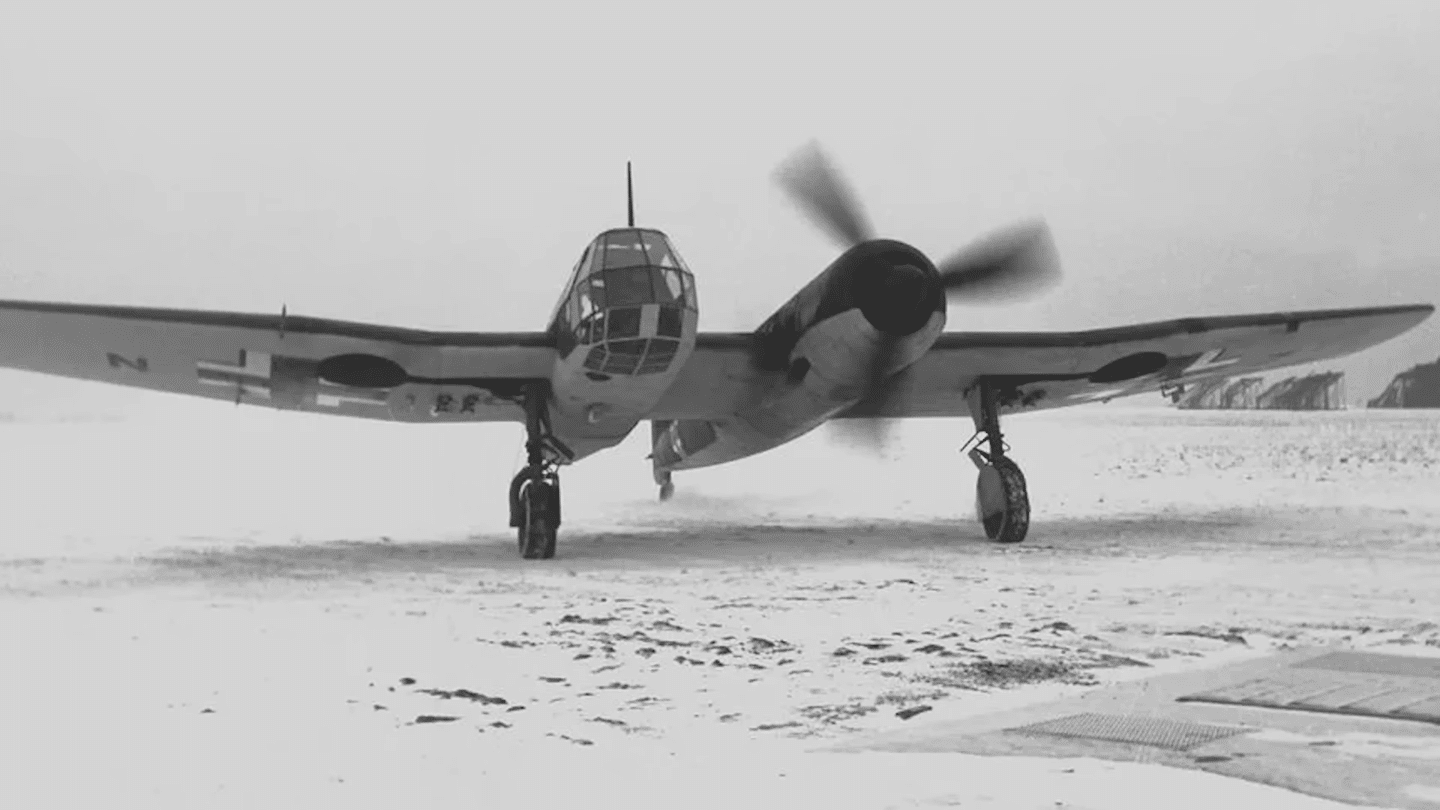
This asymmetrical aircraft of the 1930s was designed as a reconnaissance plane. Despite its confused appearance, it handled surprisingly well in the sense that it wasn’t a flying death trap.
It never really entered mass production, with a small number of prototypes and pre-production units ever built.
7. Messerschmitt 323 Gigant
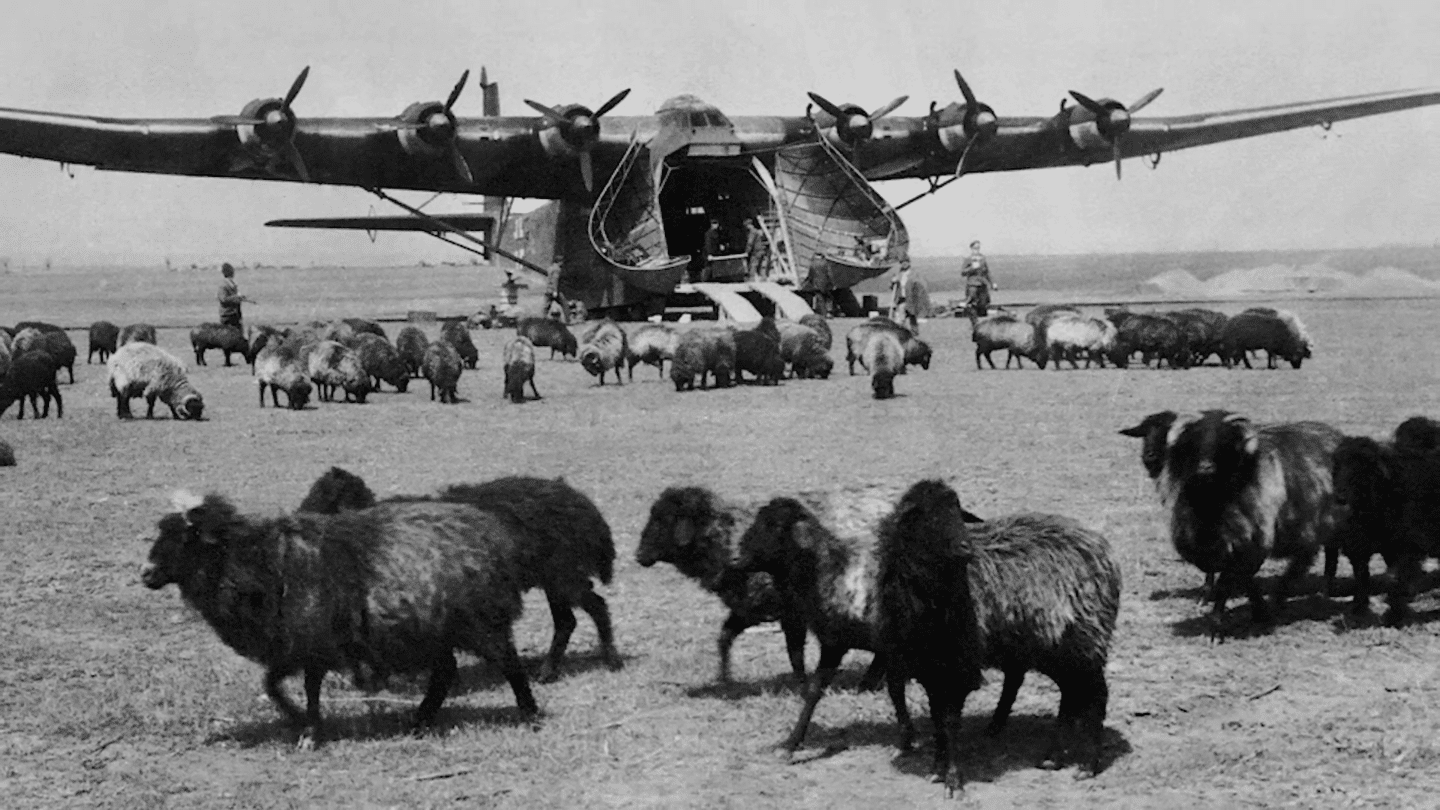
As its name suggests, the Gigant was truly massive and used by the Luftwaffe as a military transport.
While it was an excellent workhorse, at a glance, it looked like it shouldn’t even fly, and it was a miracle that even did due to its size.
It only had a cruising speed of 218 km/hr making it a very easy target for Allied fighters who could see it even from miles away.
6. Heinkel He 162 Volksjäger
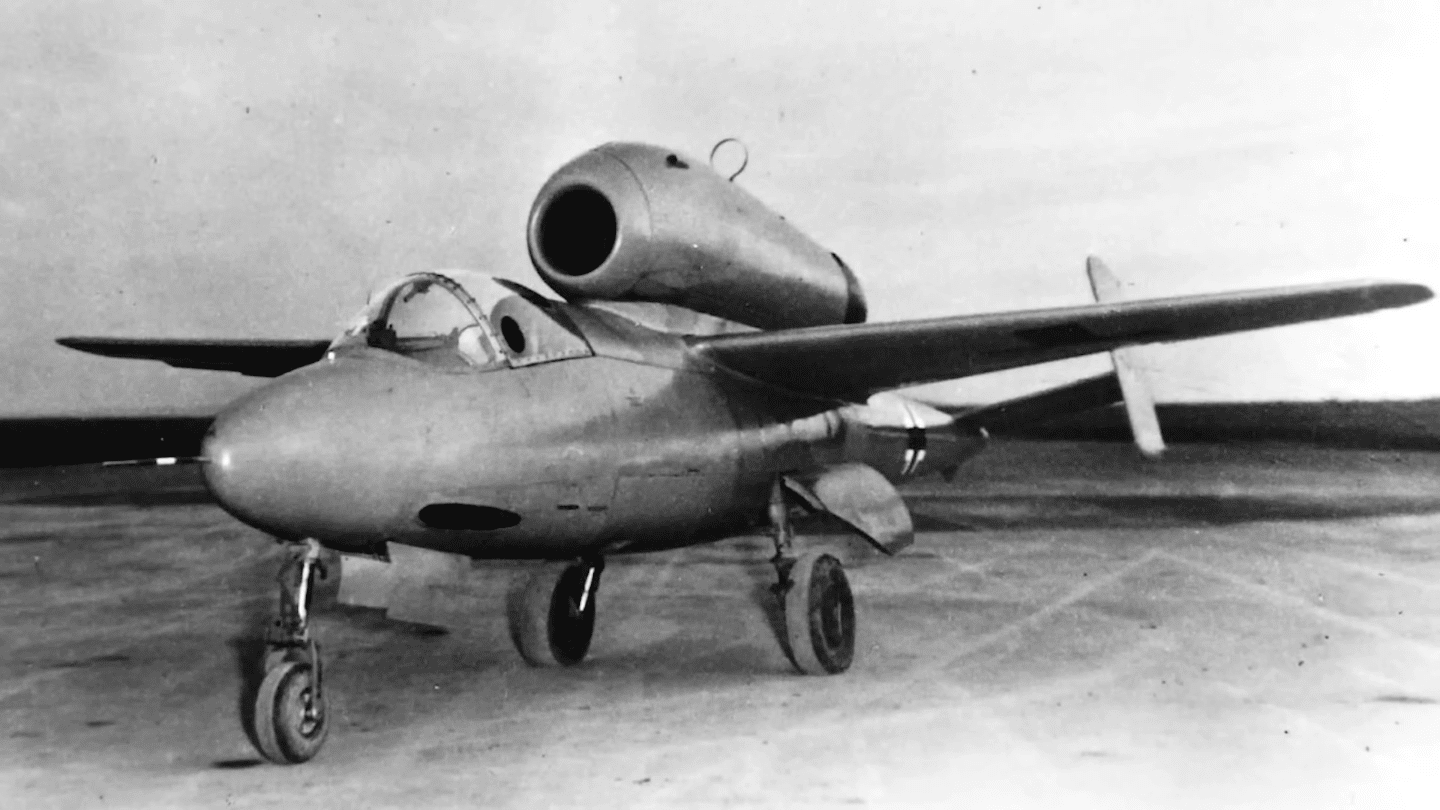
With its short wings, compact design, and nose-mounted cannons, this plane looked quite aggressive like a hornet.
Except for the fact that it had a turbojet engine on its back that quite ruined its entire look. This was done for ease of maintenance.
5. Arado Ar 232 Millipede
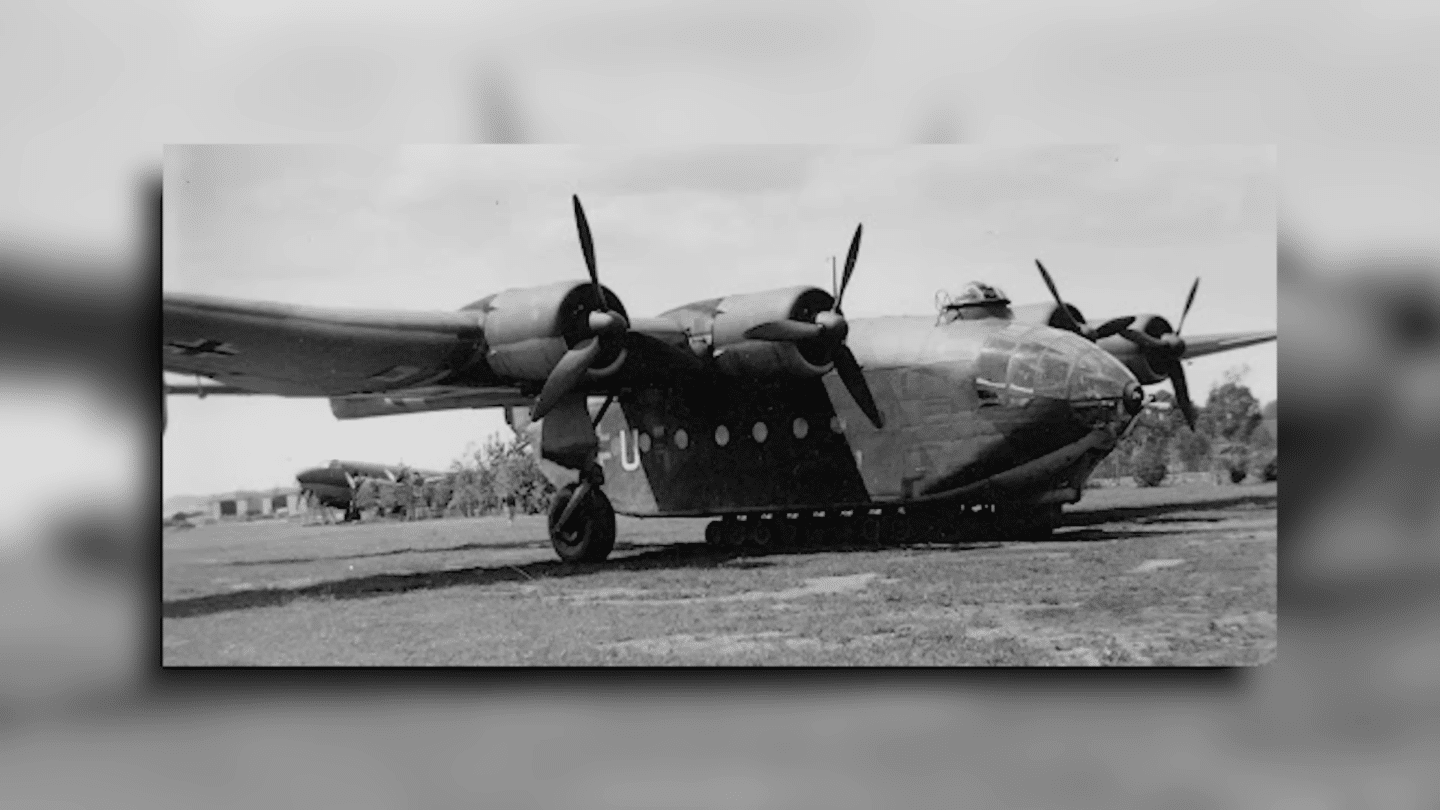
This plane had a highly innovative design which got its nickname from the multiplicity of wheels under its fuselage. Despite its look, it did well – outstripping the old Ju 52’s performance by a considerable margin.
However, it was never really ordered in mass production as the Luftwaffe had enough transports.
4. Blohm & Voss BV 138
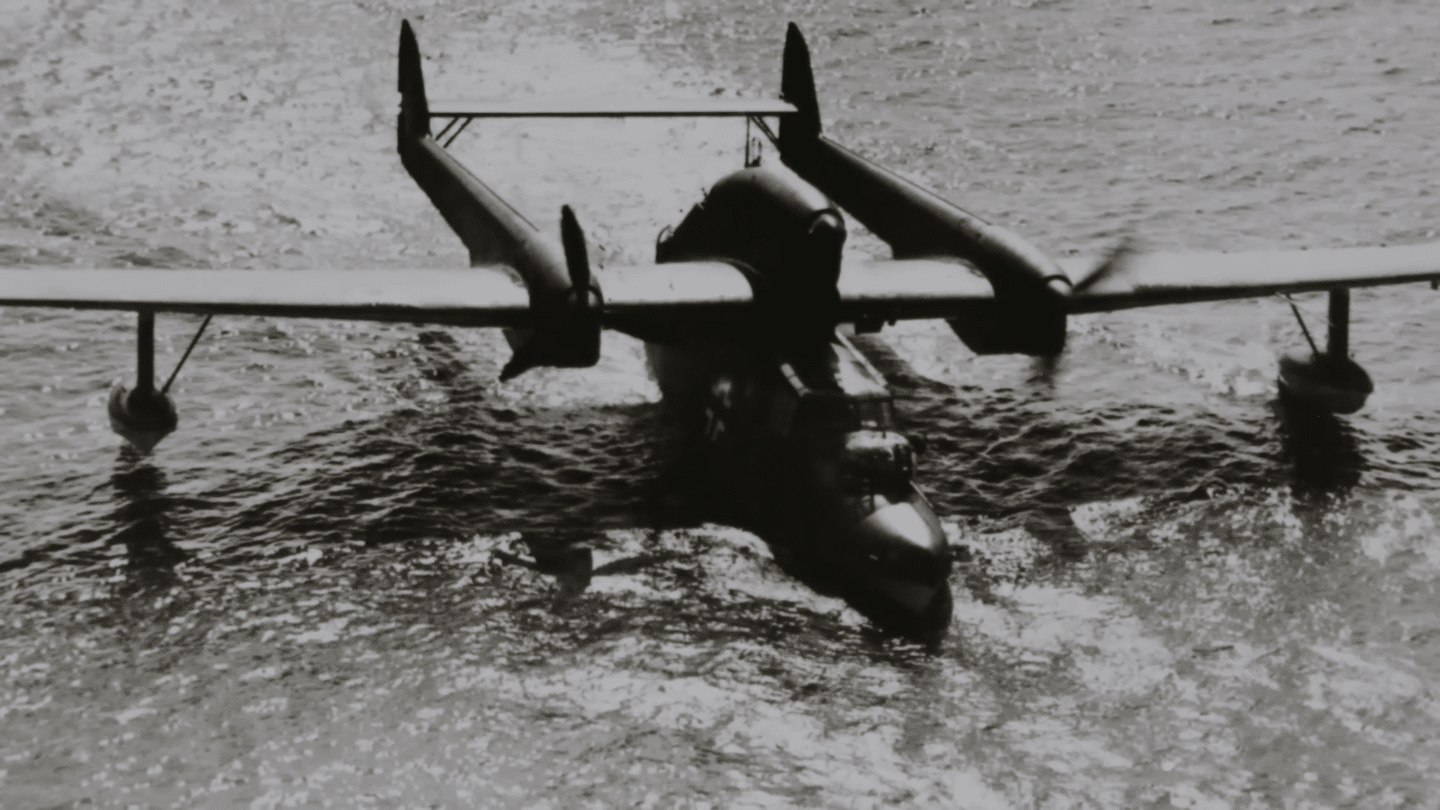
This was known as the Flying Cog, and looking at its shape, you can understand why. Despite looking like a piece of weaponized footwear, it was a remarkably successful design.
Entering service during the early years of WWII, it became the Luftwaffe’s main patrol and reconnaissance plane in various naval theaters.
3. Junkers Ju 87 Stuka
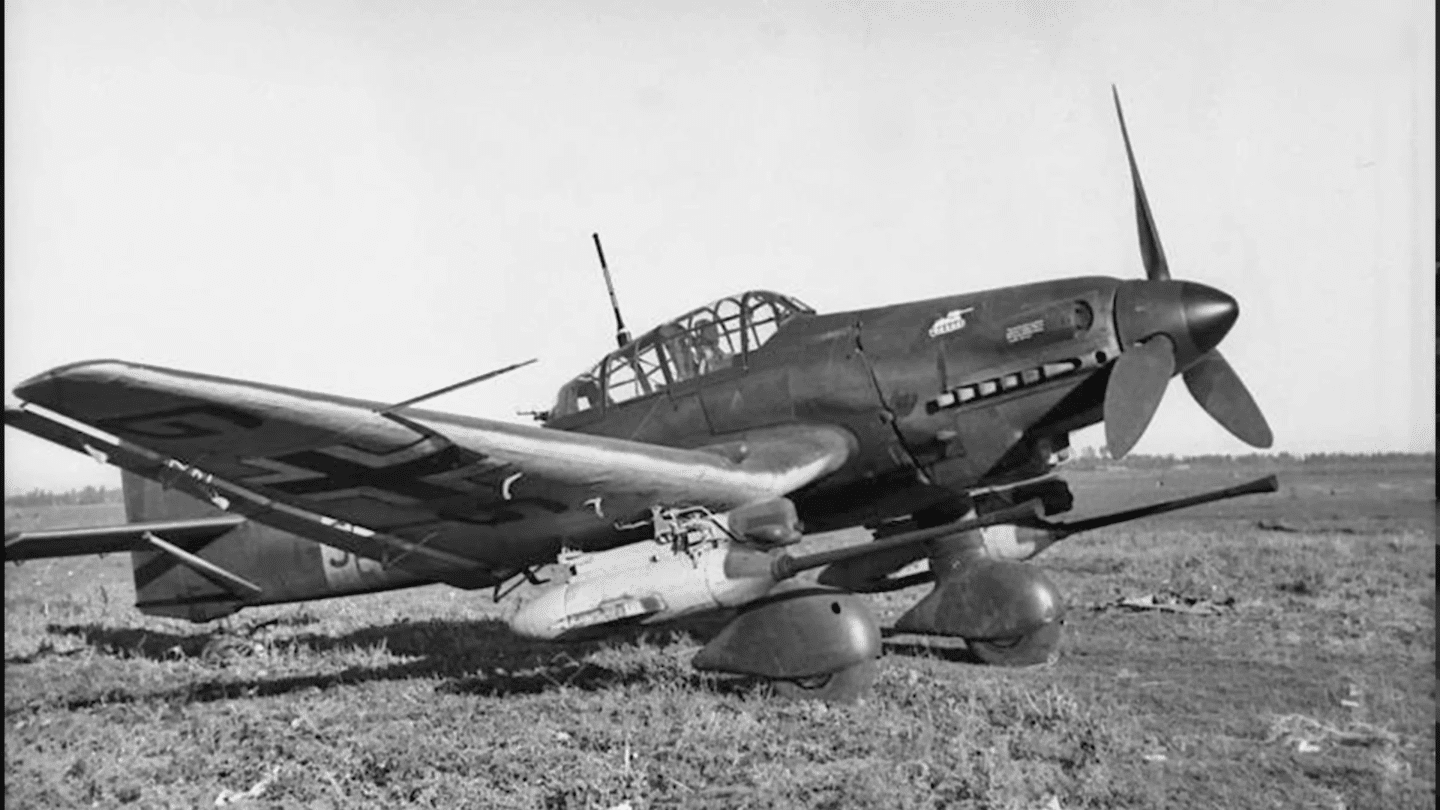
While the Stuka became the symbol of the Luftwaffe’s air power during the early stages of WWII, it wasn’t really a looker.
Its cabin poked out from the fuselage, its tail surfaces were square cut and blocky, and its fixed landing gear looked cumbersome and outdated.
This plane was a perfect example of function over form, and was a remarkably long-lived design, seeing action from 1936 until the final days of WWII.
2.Bachem BA 349 Natter
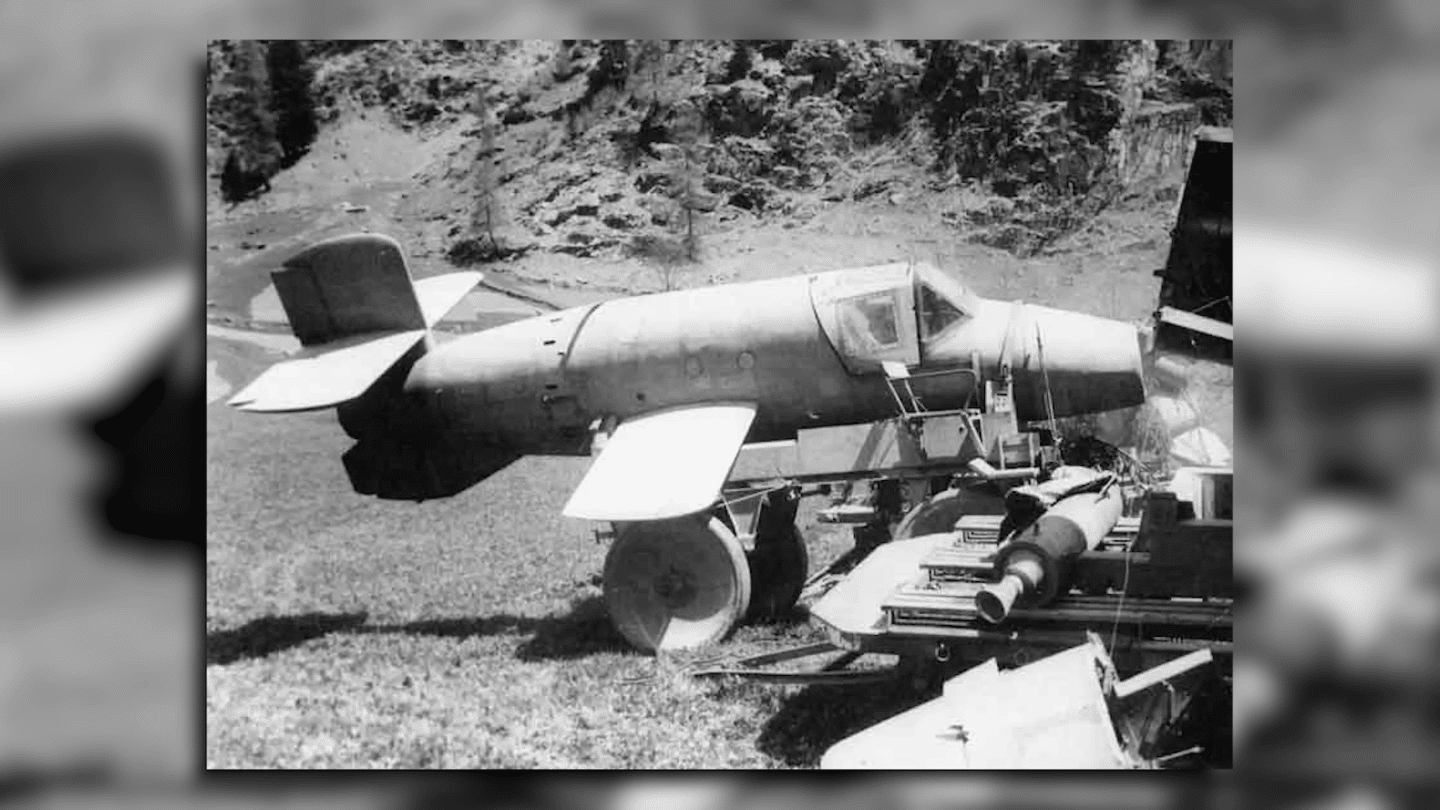
This glorified tube was supposed to be the last ditch wonder weapon of the Luftwaffe.
It was a rocket-powered interceptor that was meant to do a vertical takeoff, soar high in the sky, and blast Allied bombers with anti-aircraft rockets that were installed in its nose.
However, if the Stuka is as ugly as it was successful, the Natter was ugly as it was dangerous. The first and only manned vertical takeoff flight in March 1945 resulted in the death of its test pilot.
1. Junkers Ju 287
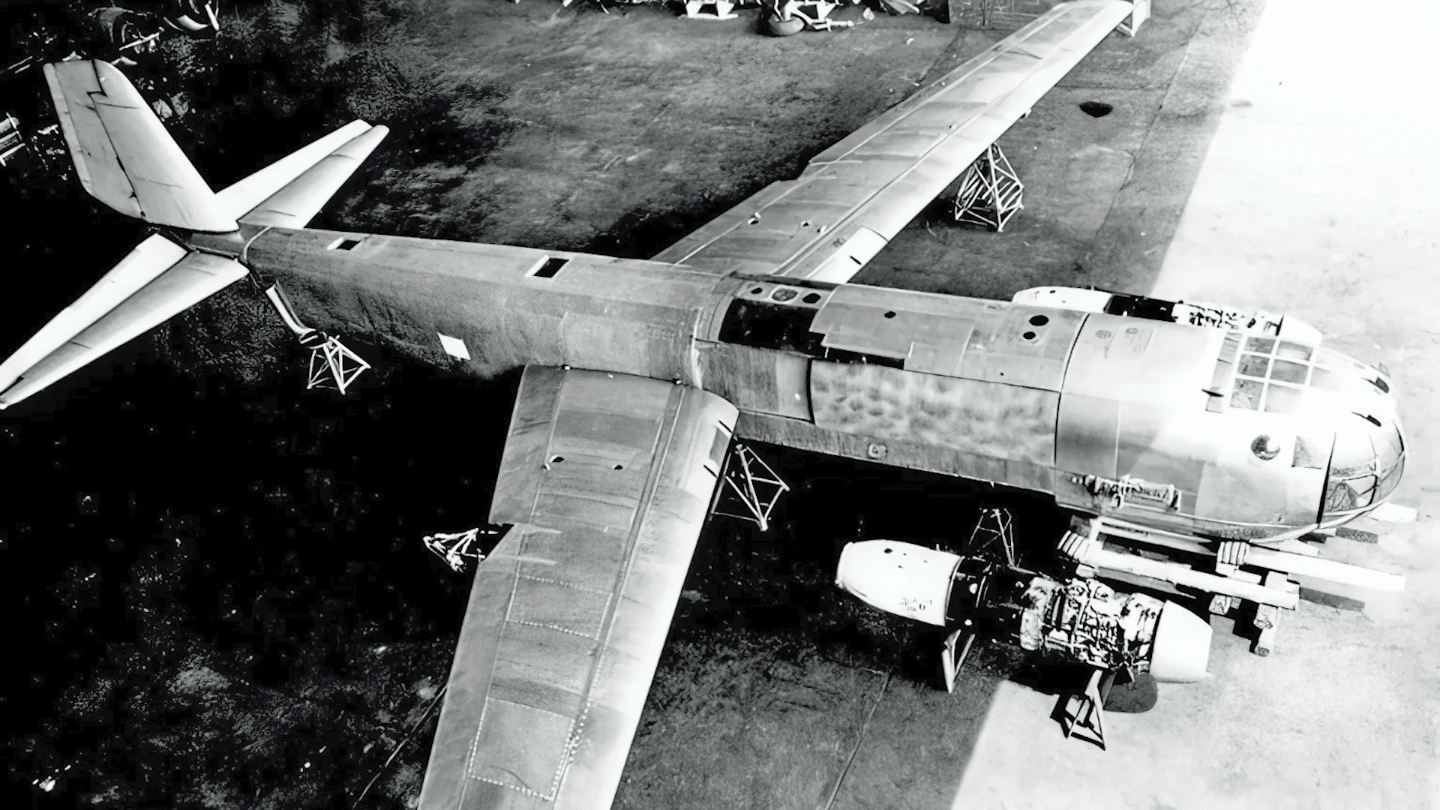
Developed as a jet-powered tactical bomber, the prototype combined the fuselage of a Heinkel 177, the tail of a Junkers 188, and the salvaged undercarriage of an American B-24 Liberator.
It then had a forward-swept wing installed along with two pairs of Junker’s turbo jets. The result? A true aviation oddity. This aircraft also actually flew without difficulty but the chaos of war halted its development.












